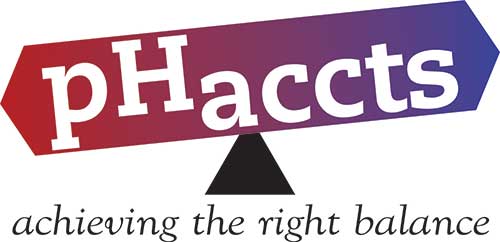Single Touch Payroll is coming, are you ready?
Single Touch Payroll (STP) is a government initiative to streamline and simplify the way businesses report to the Australian Taxation Office (ATO).
Each time an employer pays employees through a Single Touch Payroll enabled software you will be reporting the employees salaries and wages, allowances, deductions and other payments, pay as you go (PAYG) withholding and superannuation information to the ATO.
Your payroll frequency (cycle) does not need to change. You can continue to pay your employees using your current pay cycles.
EMPLOYER CHECKLIST TO HELP YOU GET READY
STEP 1: Take a headcount of the current employees you have on 1 April, 2018. If you have 20 or more employees on that date, you are considered a ‘substantial employer’ and will be required to report through STP enabled payroll software from 1 July 2018. If you have 19 or less employees, Single Touch Payroll reporting will be optional until 1 July 2019.
It should be noted that counting your employees is purely by headcount, not a count of your full time equivalent employees.
What is an employee for headcount purposes?
- Full-time employees. Part-time employees
- Casual employees who are on your payroll on 1 April and worked any time during March
- Australian resident employees based overseas
- Any employee absent or on leave (paid or unpaid)
- Seasonal employees (staff who are engaged short term to meet a regular peak workload, eg. harvest workers)
Do not include:
- Any employees who ceased work before 1 April
- Casual employees who did not work in March
- Independent contractors
- Staff provided by a 3rd party labour hire organisation
- Company directors
- Office holders, eg. President, Vice President, Treasurer, Secretary, etc.
- Religious practitioners
If you are part of a company group, the total number of employees employed by all member companies of the wholly-owned group must be included.
STEP 2: Review and possibly update your payroll solution.
A payroll solution is the accounting, business management or payroll software you use to pay your employees. If you are using a payroll software solution or service provider you will need to confirm with them that they will be STP enabled by the due date.
What if I don’t have a payroll solution?
There are a number of options available if you don’t have a payroll solution:
- You can speak to your tax agent to determine which payroll solution would best suit your business.
- You can use a registered tax agent or payroll service provider to report to the ATO on your behalf.
- You can check which payroll solutions are Single Touch Payroll enabled in the product catalogue on the Australian Business Software Industry Association (ABSIA) website and choose one of them.
- The major software and payroll services providers are either ready or committed to be ready for STP to be available and it is best to check with your provider and make sure your software is updated to be able to report by the due date.
Penalties, exemptions and deferrals
When you commence reporting through Single Touch Payroll the first 12 months will be a transition period.
During the first 12 months of reporting through Single Touch Payroll you will be exempt from any administrative penalties for failing to report on time, unless the ATO have already given you written notice advising that a failure to report on time in the future may attract a penalty.
The ATO may grant an exemption from Single Touch Payroll reporting if you are located in a rural area with no reliable internet connection or are classed as a substantial employer for a short period of the income year – for example, due to harvesting activities.
The ATO may defer the date required to commence Single Touch payroll reporting if your payroll solution will not be ready, you have entered into administration or liquidation, are impacted by a natural disaster or affected by a circumstance beyond your control.
If you are not ready to start reporting on time you will need to request a deferral beforehand which can be requested by your tax agent.
If you have any questions or need any assistance please contact us.
